Five NSF Grants Fund Syracuse University Researchers’ Work with Cosmic Explorer
Researchers from the University’s new Center for Gravitational Wave Astronomy and Astrophysics are at the intellectual center of the next-generation observatory.
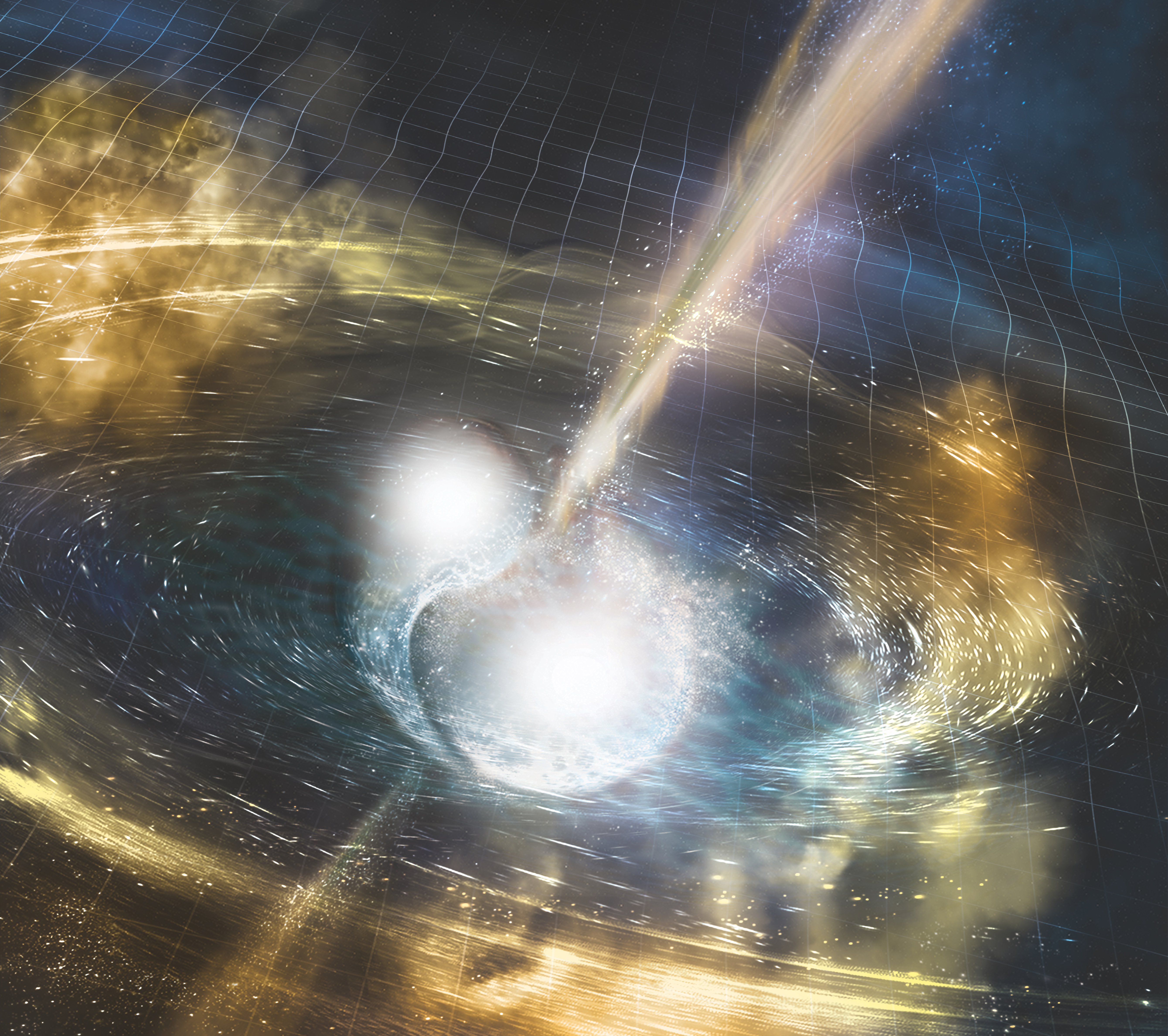
Billions of years ago in a distant galaxy, two black holes collided sparking one of the Universe’s most extreme cosmic events. The occurrence was so powerful that it bent the fabric of spacetime, sending out ripples called gravitational waves.
These waves would eventually be detected on Earth by Advanced Laser Interferometer Gravitational-Wave Observatory (LIGO) detectors, with Syracuse University faculty playing a leading role in that monumental discovery. While members of the University's Gravitational-Wave Group took a moment to celebrate the incredible feat, they immediately began wondering how they could build a new observatory that would allow them to explore even more of the Universe with gravitational waves.
Enter Cosmic Explorer, a next-generation gravitational-wave observatory being devised by the Syracuse University Center for Gravitational Wave Astronomy and Astrophysics (CGWAA). Established this fall, CGWAA is a hub for students and faculty at the University to play a principal role in the design and operation of gravitational-wave observatories. Working with scientists from Massachusetts Institute of Technology, Pennsylvania State University, California State University, Fullerton, and University of Florida, the CGWAA team hopes that Cosmic Explorer will be searching the universe by the mid 2030s.
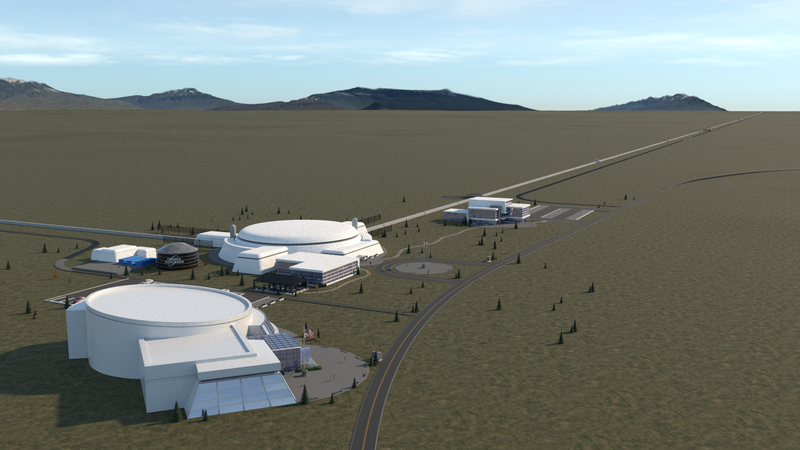
Artist’s impression of Cosmic Explorer. (Eddie Anaya, California State University Fullerton)
To put the capability of Cosmic Explorer in perspective, while Advanced LIGO has made around 100 detections of colliding black holes since 2015, Cosmic Explorer will be able to detect every collision in the visible universe – about 100,000 per year, or one every five minutes. Cosmic Explorer will also see around one million neutron star mergers each year, allowing scientists to understand the nature of nuclear matter and the creation of heavy elements.
Gravitational wave detectors, like Cosmic Explorer, are large-scale interferometers. Interferometry is an extremely sensitive measurement technique which uses mirrors, laser beams and interference (the adding or canceling of combined beams) to measure the displacement of a mirror caused by the ripples from gravitational waves. The advanced detectors help researchers map black holes in the universe, something not previously possible with telescopes since, unlike stars, black holes do not produce light.
In October 2022, Cosmic Explorer project collaborators came together for a proposal-writing workshop at Syracuse University’s Minnowbrook Conference Center, resulting in over $9M of federal funding to the project. Syracuse University is receiving $1.64M of funding over the next three years as part of that NSF commitment.
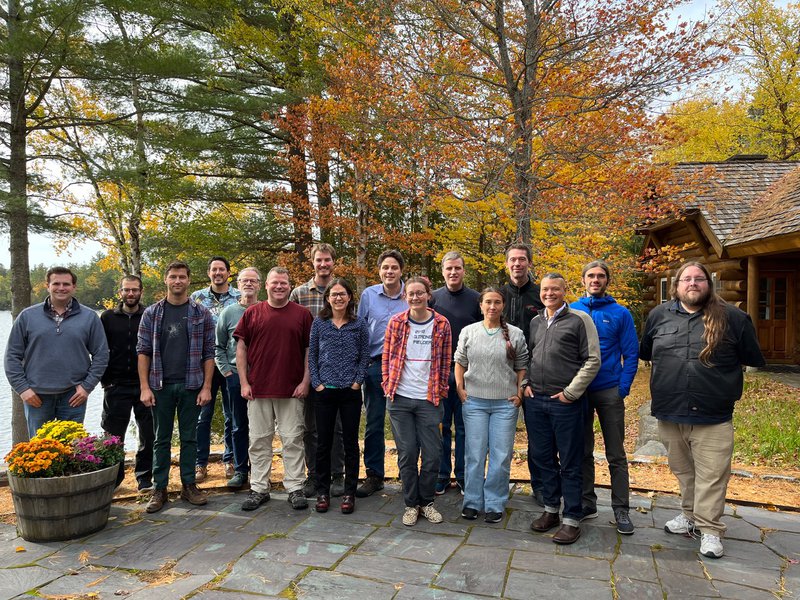
Physicists from Syracuse University, Massachusetts Institute of Technology, Pennsylvania State University, California State University, Fullerton, and University of Florida during a proposal-writing workshop at Syracuse University’s Minnowbrook Conference Center.
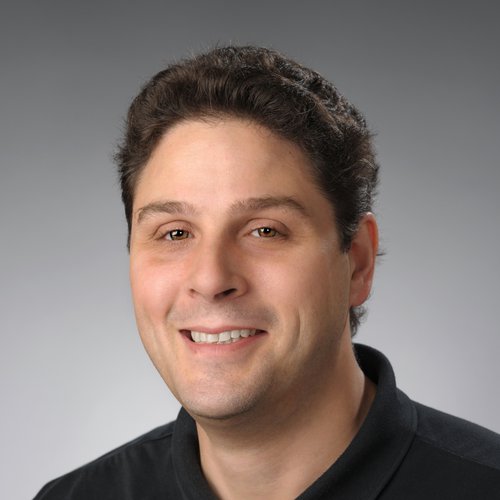
Among the researchers from the College of Arts and Sciences who recently received funding for their work with Cosmic Explorer are Stefan Ballmer, professor of physics and founding director of CGWAA, Georgia Mansell, assistant professor of physics, Craig Cahillane, research professor of physics, and Josh Russell and Christopher Scholz, professors in the Department of Earth and Environmental Sciences, whose grant will involve site evaluation for the proposed observatory.
“Without the support of NSF, this important work would not be possible,” says Ballmer. “When we established the Center for Gravitational Wave Astronomy and Astrophysics, the idea was to strengthen Syracuse University’s status as a pioneer in the field of gravitational wave detection. These awards from the NSF affirm that commitment and will establish the center as a key player in enabling the Cosmic Explorer project to come to fruition.”
Locating a Quiet Site
Before construction can begin on Cosmic Explorer, researchers must first determine the optimal location. To do this, physicists are tapping into an inter-departmental collaboration and working with Earth and environmental sciences professors Joshua Russell and Christopher Scholz.
“They were looking for a seismologist to help lead the site characterization for Cosmic Explorer, and that is my skillset,” says Russell, who is the principial investigator for the NSF grant titled, Identifying and Evaluating Sites for Cosmic Explorer. “I was eager to get involved. I started my academic journey in physics and saw this as an exciting opportunity to use my expertise in seismology to contribute to a project that will ultimately improve understanding of the universe and distant objects within it – a scope much broader than my research typically addresses.”
With the detector being sensitive to even the slightest vibrations at Earth’s surface, Russell and Scholz will be looking for locations that are quiet and far from natural and human-made sources of noise. They will travel across the U.S. deploying seismometers in potentially viable locations to monitor ground vibrations due to natural (earthquakes, ocean waves slapping the coastline) or human-made (traffic, trains, construction) sources to ensure they are within acceptable levels. The team will also carry out preliminary imaging of the shallow subsurface and evaluate the local geology to inform potential excavation and engineering costs and narrow in on the best locations.
Over the next three years, they will visit up to 20 viable sites across the U.S., with one potentially being the existing LIGO Hanford Observatory in Richland, WA, which may be used as a testing ground to validate their data collection, monitoring and imaging procedures. Other locations will be determined using an algorithm designed to identify optimal sites based on data such as topography, elevation, local geology, landcover and Indigenous land rights.
At the Forefront of Design
The Department of Physics received four additional NSF grants supporting the design of Cosmic Explorer, with Ballmer serving as principal investigator (PI) or co-PI on each award.
The first of those, titled Launching the Cosmic Explorer Conceptual Design, enables the initial step in the major facility design process for the Cosmic Explorer observatory by establishing a project office. Through the establishment of a central hub, this effort will provide all Cosmic Explorer-related research efforts with centralized resources for communication, coordination, documentation and training.
A second grant, titled Cosmic Explorer Optical Design, which includes PI Georgia Mansell and co-PIs Stefan Ballmer and Craig Cahillane, will develop a framework for Cosmic Explorer to achieve unmatched sensitivity.
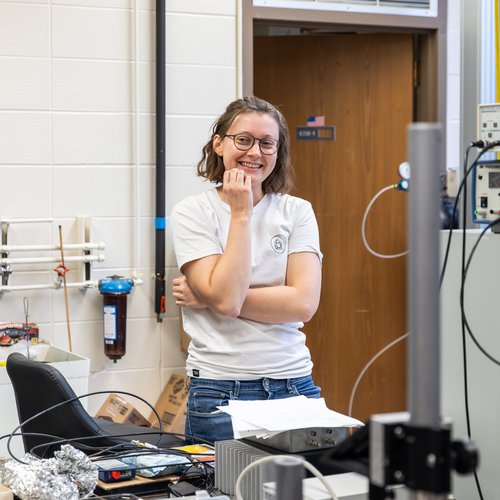
“The optical design of the Cosmic Explorer interferometer is at the center of the new observatory, affecting all other detector requirements, such as vacuum and beam tube design, seismic isolation requirements and interferometer thermal design,” says Mansell. “It is thus a critical early step to the realization of Cosmic Explorer.”
Through this grant, the team will evaluate and model properties such as the size and position of the mirrors and the design of the laser system. Mansell and Cahillane will be leading the charge for the laser stabilization and lock acquisition part of this grant, which involves the process of taking the detector from an uncontrolled state to an observation-ready state - meaning all the mirrors are aligned and locked into place.
“If we want Cosmic Explorer to reach its full sensitivity, we need to work out how to make the 200-watt input laser beam more stable than any laser on the planet in terms of power and frequency,” Mansell notes.
The team says this will involve the design of one or more cavities, which are very large and reflective sets of mirrors that bounce a laser beam back and forth. To achieve an observing state, Mansell says they must be able to control the mirror position and angle with extreme precision, so the cavities stay on resonance (with the beam still bouncing back and forth). Any disruptions such as earthquakes, high wind, electrical glitches, or logging activity near the site can cause the cavity to become unlocked, taking the detector back to an uncontrolled state.
Another critical aspect to achieving unprecedented sensitivity with Cosmic Explorer is the ability to maintain the mirrors' precise curvature, despite the huge amount of laser power on them. Cosmic Explorer requires much higher circulating laser power (1.5 MW) than has ever been demonstrated in a large interferometer. Ballmer is PI on a grant titled Enabling Megawatt Optical Power in Cosmic Explorer, which supports research to design an adaptive optical sensing and controls system critical to enabling Cosmic Explorer. This work will allow the team to clear a key technological hurdle towards Cosmic Explorer’s realization.
The final grant, titled Center for Coatings Research, focuses on the development of advanced mirror coatings. Mirrors are a critical component of observatories, but the faint signal of a gravitational wave can be masked by temperature fluctuations on the mirrors’ surface. Finding better reflective coatings for the mirrors could prevent these fluctuations, improving Cosmic Explorer’s ability to measure gravitational waves.
Duncan Brown, Charles Brightman Endowed Professor of Physics and Vice President for Research at Syracuse University, notes that Syracuse’s involvement in the Cosmic Explorer project marks a significant milestone for gravitational-wave research at the University. “The increase in observational capacity between LIGO and Cosmic Explorer will be equivalent to going from Galileo's first telescope to the James Web Space Telescope in the span of a human lifetime,” he says. “Faculty and students at Syracuse University are well positioned to be key players all the way from the design phase to build phase to observation phase.”
Featured
Stefan Ballmer Professor
Duncan Brown Vice President for Research, Syracuse University; Charles Brightman Endowed Professor of Physics
Craig Cahillane Assistant Professor
Georgia Mansell Assistant ProfessorJoshua Russell Assistant Professor of Seismology Christopher Scholz Professor: Paleolimnology and Rift Basin Evolution
